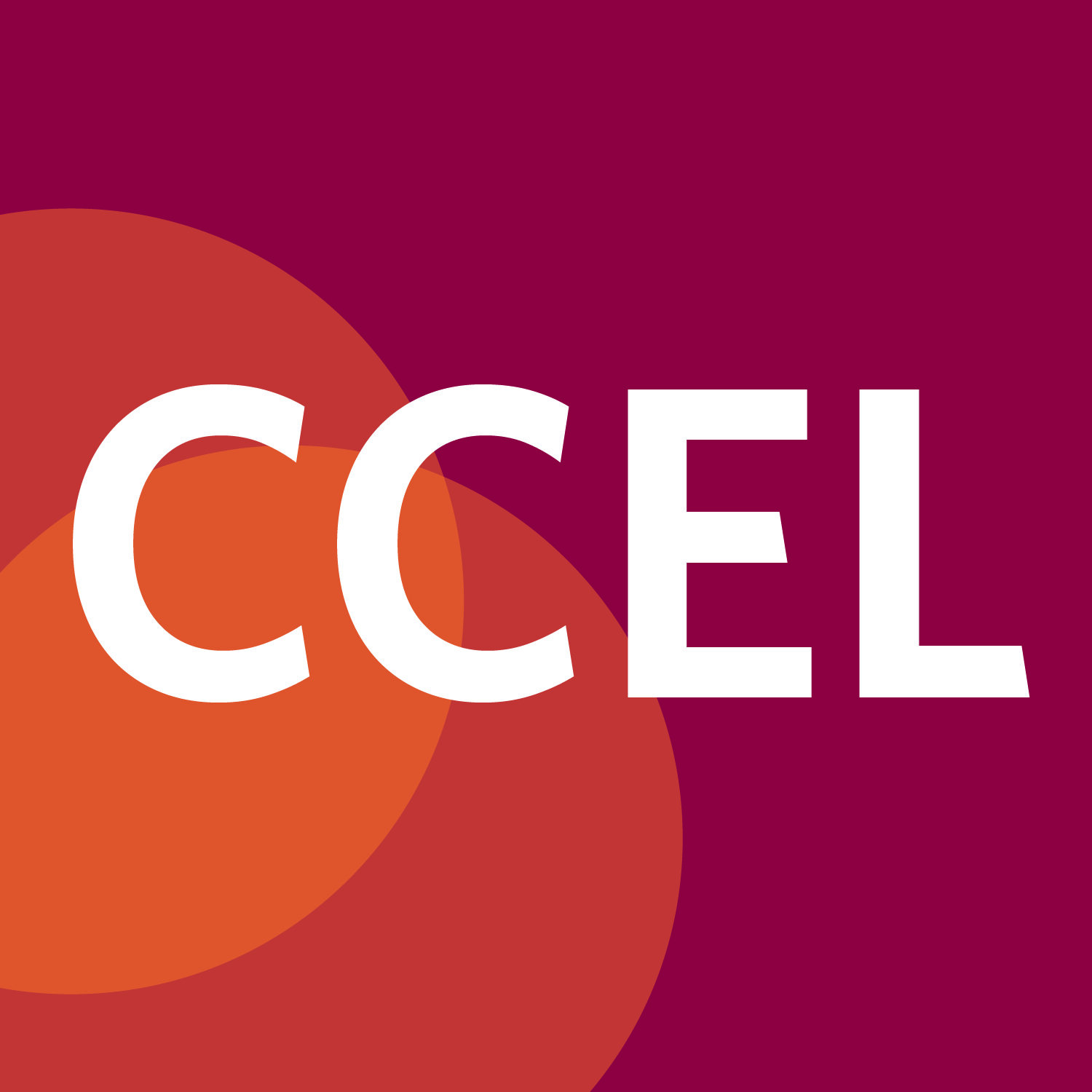JUSTICE FOR RETURNING CITIZENS: WHAT CAN FORDHAM DO?
JUSTICE FOR RETURNING CITIZENS
WHAT CAN FORDHAM DO?
PRODUCED BY: FORDHAM LINCOLN CENTER HONORS CLASS OF ’22
ZANE AUSTILL, ELIZABETH BREEN, KAYLA CHAMPION, CATHLEEN
FREEDMAN, GRACE GETMAN, CORBIN GREGG, CARRINGTON
GREGORI, JENNY HAN, CRISTINE KALINSKI, BRENDAN MCERLAINE,
FRANCES MURRAY, RITAMARIE PEPE, JILLIAN RICE, GABRIEL YANCY
WITH DR. ANNE HOFFMAN
Letter to Fordham Community
When discussing incarceration in America, the horrifying facts that we have the largest prison population in the world and the highest per-capita incarceration rate are often cited. Much more rarely raised is the question of what happens after Americans leave the prison gates. How we currently treat people as they leave incarceration and how we ought to treat them is our purpose in this document.
This semester, our senior class has been exploring issues related to reentry and incarceration in our values seminar with Prof. Anne Hoffman with support from the Center for Community Engaged Learning at Fordham Lincoln Center. As a part of our work, we organized a panel on reentry into society for people who have experienced incarceration, entitled "After Incarceration: Exploring the Community Response." The panel featured representatives from a diverse array of those working in the prison justice space: Ann Jacobs from the John Jay College Institute for Justice and Opportunity, Debra Mack-Glasgow from Bronx Connect, Felix Gonzalez from The Fortune Society, and Vincent J. Stevenson II from the Manhattan District Attorney’s Office.
This working paper covers several aspects of the reentry experience. Formerly incarcerated individuals struggle to attain good housing, gainful employment, and proper health services.
Through our research we identify several of the pitfalls in the justice system and the way individuals are failed through current social service programs. With a focus on New York City, our research demonstrates the failure of municipal and state governments to adequately provide the resources necessary to individuals aiming to better their lives once they reenter their community. By acknowledging the weaknesses of the current carceral system, we can work to reform and focus institutions, like Fordham University, on achieving true justice for all
After Incarceration:
Exploring the Community Response
In the panel on mass incarceration on April 21, 2022, titled "After Incarceration: Exploring the Community Response" and hosted by the honors senior thesis seminar, our panelists outlined their views on reentry for formerly incarcerated people. Each panelist is uniquely involved in reentry.
Our panelists included:
Ann Jacobs,
Executive Director, John Jay College Institute for Justice and Opportunity
Vincent J. Stevenson II,
Reentry Programs Supervisor, Community Partnerships Unit, Manhattan District Attorney’s Office
Felix Gonzalez,
Coordinator, Bronx County Reentry Task Force, The Fortune Society
Debra Mack-Glasgow,
Director of Workforce & Re-entry, Bronx Connect
The panelists recommended ways to change people’s hearts regarding the issue of mass incarceration in NYC and in the country. They highlighted the power of storytelling especially. When prison is thought of abstractly, it is easy to dehumanize members of the carceral system. In reality, these people are not strangers—they are also members of our communities. Everyone deserves a second chance, and their trauma should be addressed.
The panelists also gave advice on how Fordham University can act in helping formerly incarcerated individuals with reentry, employment and more. They suggested that Fordham could provide scholarships to these individuals, work with them to find internships, and visit reentry-specific job fairs. Students can advocate for the educational and employment-related needs of formerly incarcerated people by asking the university for specific aide for these people. This may include curricula changes, investments, or changes to how the university operates within its community.
Because Fordham is a gated community in the Bronx, the panelists suggested that the university actively work to be accessible to the community around it, tearing down the bubble that exists. Having more opportunities for community learning projects or allowing students to meet people who have experienced the prison system or are involved in it can help connect students with the area around them. The university may also team up with other community organizations, host a pop-up shop in the community, or create access pipelines at local schools that offer support and resources to students. The panelists also recommended that the school work toward fair-chance employment, so formerly incarcerated individuals could also work at the university. They all emphasized the importance of making Fordham accessible and removing the barrier between the Bronx community and Fordham.
Some of the panelists also expressed concern about the issue of mental health in the prison system. They were concerned about the negative impact that spending an extended period of time in prison would have on a person’s social stability. The panelists also brought up the problem of juveniles who are imprisoned. Some spend decades in prison, losing their formative years in incarceration. Prison does not give these people the support to have a successful life when they are released into society as adults. The panelists advised that young people be given mental health resources and that those needing mental help should be rehabilitated and aided, not criminalized.
The panelists said that helping former prisoners after re-entry should be a priority for organizations and the government. But they also supported early involvement initiatives so that children might not become absorbed into the prison system later on. Introducing programs that focus on education, building a strong community in inner cities, and improving parenting would set vulnerable children on a successful path in life. Dealing with early life trauma was also a problem that the panelists said the community needs to focus on to prevent teenage incarceration.
You can read the full report here.
IF YOU HAVE FURTHER INTEREST IN THIS WORK, SEE SECTION TWO (2) ON PANEL AND FOR THE FUTURE OR POSSIBLE NEXT STEPS, CONTACT DR. HOFFMAN AT hoffman@fordham.edu
